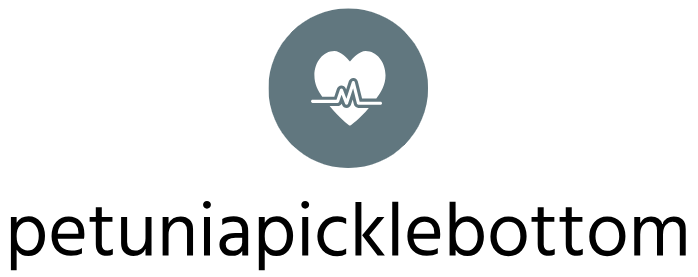
Sustainable Living Simple Steps, Big Impact
Reduce Your Meat Consumption
One of the most impactful changes you can make is reducing your meat consumption. Animal agriculture is a significant contributor to greenhouse gas emissions, deforestation, and water pollution. Cutting back on meat, even just one or two days a week, can make a noticeable difference. Consider incorporating more plant-based meals into your diet – there are countless delicious vegetarian and vegan recipes readily available online and in cookbooks. Exploring meat alternatives like lentils, beans, tofu, and tempeh can also add variety and nutrition to your meals while minimizing your environmental footprint.
Embrace Sustainable Transportation
Our transportation choices have a huge impact on the environment. Driving less is key. Consider walking, cycling, or using public transportation whenever possible. If you need a car, opting for a fuel-efficient vehicle or a hybrid/electric car can significantly reduce your carbon emissions. Carpooling with colleagues or friends is another great way to minimize your environmental impact and save money on fuel. Even small changes, like combining errands to reduce the number of trips you take, can contribute to a greener lifestyle.
Conserve Water
Water is a precious resource, and conserving it is crucial for a sustainable future. Simple changes in your daily routine can make a big difference. Take shorter showers, fix leaky faucets promptly, and be mindful of your water usage when brushing your teeth or washing dishes. Consider installing low-flow showerheads and toilets to further reduce your water consumption. Collecting rainwater for gardening is another excellent way to conserve water and reduce your reliance on municipal water supplies. Being aware of your water usage and actively working to reduce it will have a positive impact on the planet.
Reduce, Reuse, Recycle
The classic mantra of “reduce, reuse, recycle” remains incredibly relevant. Before buying anything new, consider whether you truly need it or if you already own something that could serve the same purpose. Repairing items instead of replacing them is another great way to reduce waste and save money. When you do need to dispose of something, prioritize recycling whenever possible. Familiarize yourself with your local recycling guidelines to ensure you’re properly sorting your materials. Composting food scraps and yard waste is another excellent way to reduce landfill waste and create nutrient-rich soil for your garden.
Shop Consciously and Support Sustainable Businesses
The products we buy have a significant impact on the environment and the people who produce them. Choose to support businesses that prioritize sustainability and ethical practices. Look for products made from recycled materials, those with minimal packaging, and those produced by companies committed to fair labor practices and environmental responsibility. By consciously choosing to buy sustainable products, you’re voting with your wallet and encouraging businesses to adopt more eco-friendly practices. Supporting local farmers markets and producers can also reduce your carbon footprint associated with long-distance transportation.
Reduce Energy Consumption
Reducing your energy consumption is another essential step towards sustainable living. Start by switching to energy-efficient light bulbs (LEDs are a great option). Unplug electronic devices when not in use, and consider using power strips to easily cut power to multiple devices at once. Adjust your thermostat to conserve energy – slightly lowering the heat in winter and raising it in summer can make a significant difference. Proper insulation in your home can also drastically reduce energy usage. Consider using renewable energy sources like solar power if feasible. These small changes can contribute to a significant reduction in your carbon footprint over time.
Embrace Minimalism
Minimalism is more than just a trendy lifestyle; it’s a powerful tool for sustainable living. By owning less, you reduce your consumption and the associated environmental impact of production, transportation, and disposal. Focus on quality over quantity – buying fewer, higher-quality items that will last longer reduces the need for frequent replacements. Decluttering your home and donating or selling unwanted items helps reduce waste and can even generate some extra income. A minimalist approach to consumption is a sustainable and fulfilling lifestyle choice.
Educate Yourself and Others
Sustainable living is a continuous learning process. Stay informed about environmental issues and sustainable practices. Share your knowledge with friends, family, and your community. Participate in local environmental initiatives and support organizations working towards a more sustainable future. The more people who embrace sustainable living, the greater the positive impact on our planet. Encourage others to join you on this journey towards a greener and more sustainable world. Read also about environmental education.







